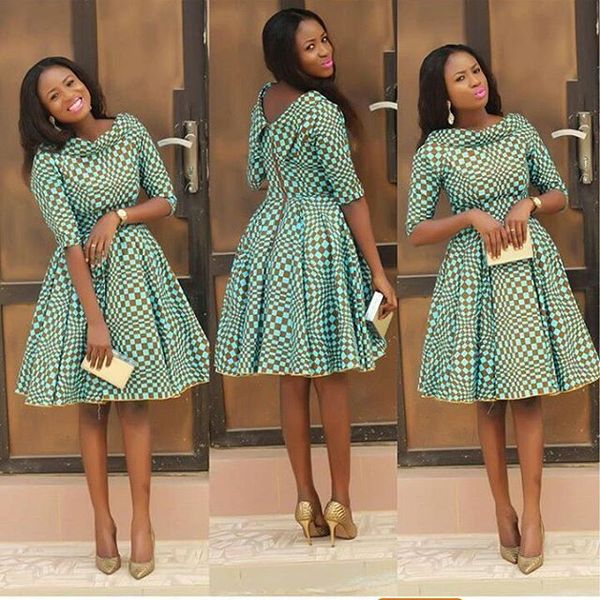Positive trends
The 1920s, 30s and 40s were filled with women and men alike trying to look and feel as positive as they can. The United States was gloomy during these three decades. The 20s had just gotten out of the first World War and into The Great Depression, the 30s was stuck in The Great Depression and the 40s had World War II coming its way and staying for five years. One of the only ways for people to ignore these depressing political and economical events was to dress like they weren’t in the middle of them. Women usually wore skirts or dresses during these time, but slowly pants were starting to become a thing women were socially accepted to wear.
The 20s
During the 20s, the ideal woman wasn’t lanky and pencil thin like you see in movies such as the Great Gatsby. She was short, thick-bodied and had a boxy sort of figure. Her chest was small and flat and she had no visible waist due to her body figure. Her makeup was almost raccoon like in the eyeshadow to mimic a night of painting the town red. Eyebrows were thin and went into a downward slant while her face was paler than her natural complexion. Cheeks were dusted pink or red and the lips were filled in only in the middle, usually with red as well. Short bobs with bangs were the most popular style trend at the time and it usually fit well with the makeup (Hallay, Ultimate Fashion History). The undergarments of the time were used to “de-emphasize the default curves of a woman’s body that had been exaggerated in previous decades.” (Spivack, Smithsonian Magazine) Dresses were designed to come down just under the knees and to be rectangular. Designs such as pleats and collum plaids were popular for more business and sports attire. Men were clean shaven (though some men kept a small moustache) and wore suits with bowler hats or fedoras to work or out on the town during the day. Tuxedos (accompanied by top hats as an accessory sometimes) with either tailed coats or single button coats were common evening attire. Their hair was clean and oiled, slicked back into a style that presented class and masculinity. Polos, sweaters and sweater vests were also casual attire for men but usually younger men or golfers wore them more.
The 1930s
“The flapper was a casualty of the stock market crash of 1929. Out of her ashes rose the femme fatale. At night she was a modern Diana in figure-molding bias-cut satins that oozed to the floor. By day, she might play with a Surrealist as served up by Elsa Schiaparelli. [Suddenly] war came, and removed frivolity from fashion,” writes Vogue writer Laird Borrelli-Persson about the 1930s. Dresses were already becoming longer and longer even before the Great Depression, but when it hit they “fell to the floor [and] stayed there for quite a while.” (Laird-Borrelli, Vogue) These dresses were evening gowns that were usually silk or satin and were made to emphasize the natural curves and body structure of the person wearing the garment. (Laird-Borrelli, Vogue) The ideal woman, unlike in the 20s, was tall and slim, narrow and sensual. If a woman didn’t fit these standards she used clothing to get as close to the standard as possible. Collars and shoulder pads were puffed or accentuated to somewhat help achieve the standard. In magazines the standard for women was so unrealistic that no woman could be the height or the build of the women that were drawn. Men’s fashion in the 30s didn’t change much if you just looked without knowing history. Men still wore suits casually, yes, but due to the stock market designers had to cut how much fabric was used. Linens, cotton and wool were popular fabrics for these garments at the time as well. (Riding, Men’s Fashion Magazine)
The 40s
The 40s was the peak of World War II. Most women were both the head of the household and in the workforce due to their husbands, brothers, uncles, grandfathers, cousins, any man that fit the cut really being in some branch of the military. “Elsa Schiaparelli escapes the German invasion of France in 1940 with three dresses tucked in her bag. Later, she wrote an essay for Vogue titled “Needles and Guns,” and touched on all magazine’s wartime preoccupations.” (Laird-Borrelli, Vogue)

